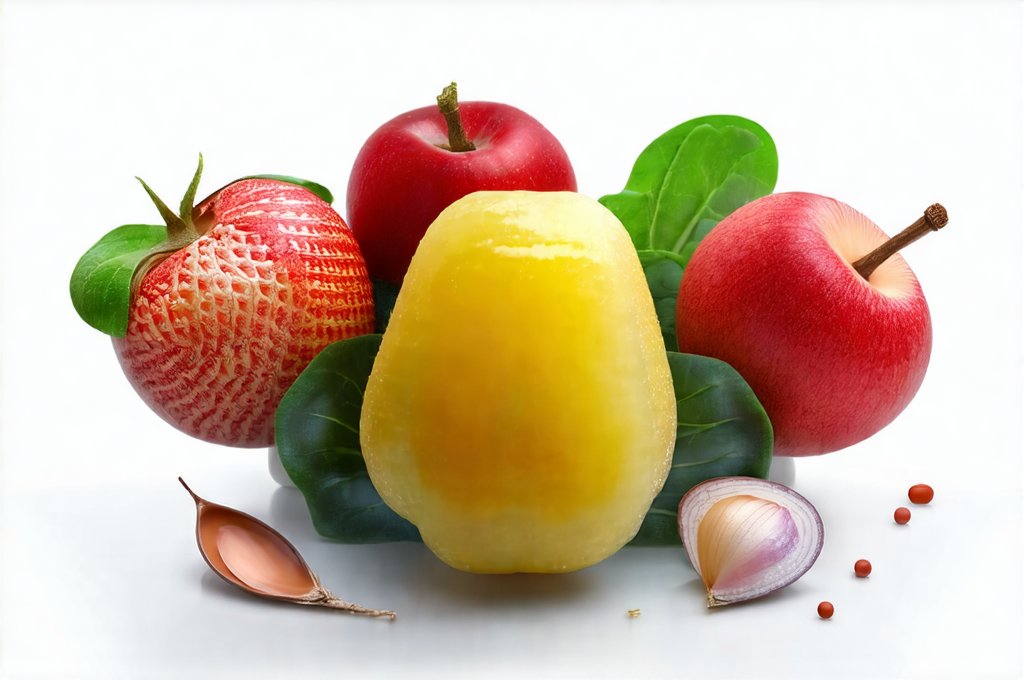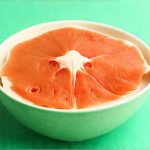Interstitial Cystitis (IC), also known as Bladder Pain Syndrome, is a chronic condition characterized by bladder pain, urinary frequency, and urgency. While the exact cause remains unknown, IC significantly impacts quality of life for those affected. Traditional treatments often provide limited relief, leading many individuals to explore alternative dietary approaches in hopes of managing their symptoms. One such approach gaining attention is the low-oxalate diet. This isn’t a one-size-fits-all solution, and its recommendation stems from emerging research linking oxalates – naturally occurring compounds found in various foods – to bladder irritation in susceptible individuals. Understanding why this dietary modification might be suggested requires delving into the complex relationship between food, inflammation, and IC symptoms.
The rationale behind low-oxalate diets for IC isn’t about eliminating a harmful toxin, but rather reducing potential irritants that can exacerbate bladder pain. Oxalates are present in many commonly consumed foods, ranging from spinach and rhubarb to chocolate and nuts. For most people, the body efficiently processes and eliminates these compounds. However, individuals with IC may have impaired oxalate metabolism or heightened sensitivity, leading to crystallization within the bladder lining. These crystals could theoretically cause micro-trauma and inflammation, triggering pain signals and worsening symptoms. It’s important to note that this remains an area of ongoing research and isn’t universally accepted as a primary driver of IC; however, for some patients, dietary modifications can bring significant relief when combined with other treatments. Considering the impact of diet on overall health, are plant-based diets a viable option for UTI prevention?
The Role of Oxalates in Bladder Irritation
Oxalates are naturally occurring organic acids found in plants, animals, and humans. While the body produces some oxalates itself, most oxalate exposure comes from our diet. Foods vary widely in their oxalate content; for example, dark leafy greens like spinach and chard are high in oxalates, while many fruits and vegetables have low levels. When ingested, oxalates are absorbed into the bloodstream and primarily excreted through the kidneys via urine. In healthy individuals, calcium binds to oxalates in the gut, reducing their absorption and minimizing urinary excretion. However, inadequate calcium intake or certain digestive conditions can increase oxalate absorption, leading to higher concentrations in the urine.
For people with IC, this increased urinary oxalate concentration may contribute to bladder irritation. The theory suggests that high oxalate levels promote crystal formation within the bladder wall. These crystals are microscopic and not easily detected on standard tests. However, they could potentially cause physical damage to the delicate lining of the bladder (the urothelium), triggering an inflammatory response and contributing to pain symptoms. Furthermore, inflammation is a key characteristic of IC, and oxalates might exacerbate this process even if they don’i directly cause crystal formation. This doesn’t necessarily mean that all individuals with IC will benefit from a low-oxalate diet; it explains why some patients report significant symptom improvement when implementing dietary changes. In cases where traditional treatments are ineffective, understanding why antibiotics sometimes fail can be crucial for effective management.
It’s also important to acknowledge the individual variability in oxalate sensitivity. Some people are more prone to oxalate crystallization than others, due to genetic factors or underlying health conditions. This is why a trial of a low-oxalate diet is often recommended under medical supervision, rather than being universally prescribed. It allows individuals to assess their own tolerance and determine if dietary changes provide any benefit.
Implementing a Low-Oxalate Diet for IC
Embarking on a low-oxalate diet requires careful planning and understanding of food oxalate content. It’s not simply about eliminating a few high-oxalate foods; it’s about making informed choices across all aspects of your diet. Resources like the University of Pittsburgh Medical Center (UPMC) website provide comprehensive lists of food oxalate levels, categorized as low, moderate, or high. Generally, limiting or avoiding high-oxalate foods is recommended, while focusing on low-oxalate alternatives.
A successful low-oxalate diet also involves ensuring adequate calcium intake. Calcium binds to oxalates in the gut, preventing their absorption and reducing urinary excretion. Consuming calcium-rich foods (dairy products if tolerated, fortified plant milks, leafy greens – though some are high oxalate!) or taking a calcium supplement with meals can help minimize oxalate absorption. Hydration is also critical; drinking plenty of water helps dilute urine and reduces the concentration of oxalates. It’s important to consult with a registered dietitian specializing in IC management to develop a personalized dietary plan that meets your nutritional needs and addresses your specific sensitivities. The initial phase often involves an elimination diet, followed by careful reintroduction of foods to identify individual triggers.
Identifying High-Oxalate Foods
A key step is learning which foods are high in oxalates. Common culprits include:
* Spinach, rhubarb, chard, beets, and other dark leafy greens
* Nuts (especially almonds and peanuts) and seeds
* Chocolate and cocoa products
* Tea (black tea particularly)
* Soy products (tofu, soy milk)
* Wheat bran
These foods don’t necessarily need to be eliminated entirely, but consumption should be significantly reduced or avoided during the initial phase of a low-oxalate diet. It’s also important to remember that oxalate content can vary depending on cooking methods; boiling vegetables can reduce oxalate levels as some leach into the water.
Calcium & Hydration: The Supporting Players
As mentioned previously, calcium plays a vital role in binding oxalates in the digestive tract and reducing their absorption. Aim for adequate daily intake through dietary sources or supplements, but avoid taking calcium supplements at the same time as high-oxalate foods, as this could increase oxalate absorption. Sufficient hydration is equally important; drinking 6-8 glasses of water per day helps dilute urine and minimize oxalate concentration in the bladder.
Reintroduction & Personalized Approach
The low-oxalate diet isn’t intended to be a long-term restrictive regimen. Once symptoms have improved, gradual reintroduction of foods can help identify individual triggers. This process should be done systematically, introducing one food at a time and monitoring for any symptom flare-ups. Keep a detailed food diary to track what you eat and how it affects your bladder pain levels. Remember that everybody is different, and the degree of oxalate sensitivity varies greatly. A personalized approach, guided by a healthcare professional, is essential for maximizing the benefits of this dietary strategy. It’s also crucial to consider factors like seasonal changes—understanding why UTIs are worse during hot seasons can help tailor preventative measures.
It’s vital to stress that a low-oxalate diet should be part of a comprehensive IC management plan, including medical treatment, pelvic floor therapy, and stress reduction techniques. It’s not a cure, but it can potentially provide symptom relief for some individuals when used in conjunction with other therapies.





















